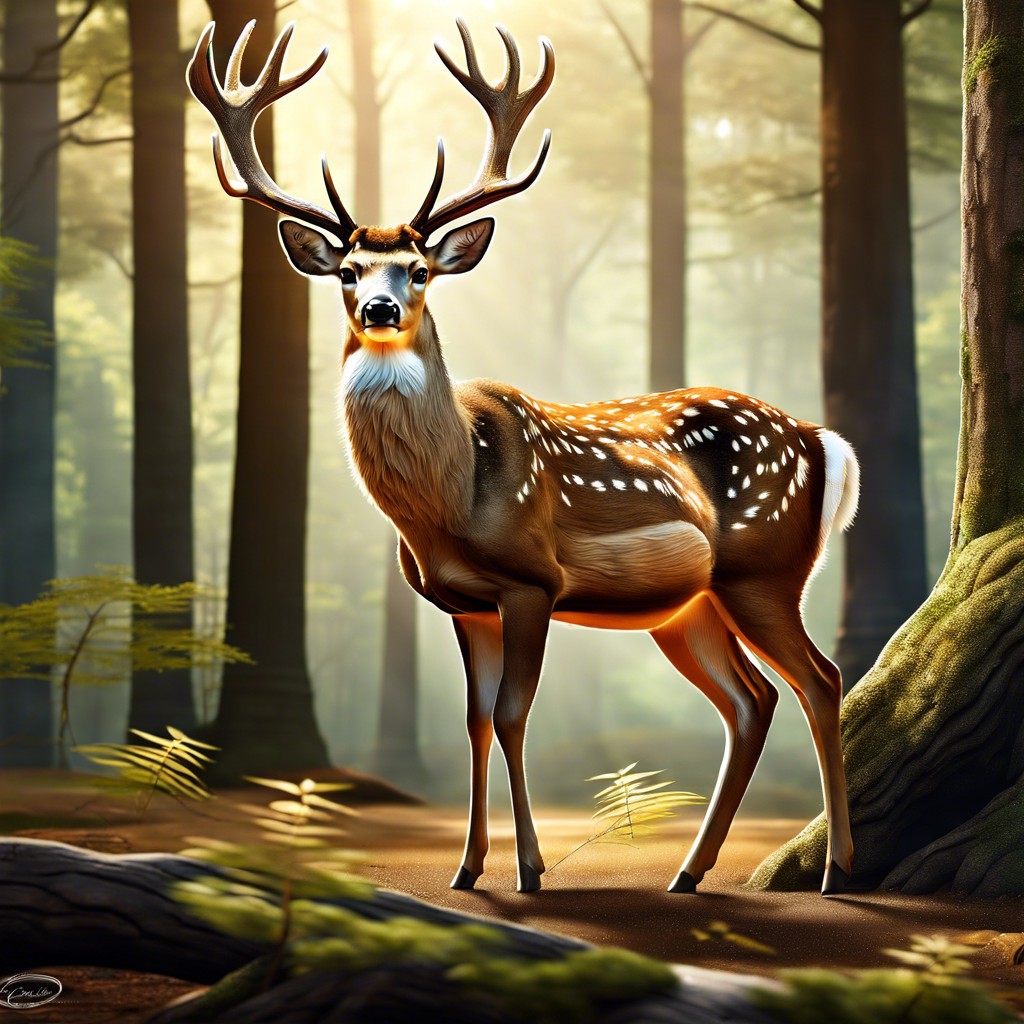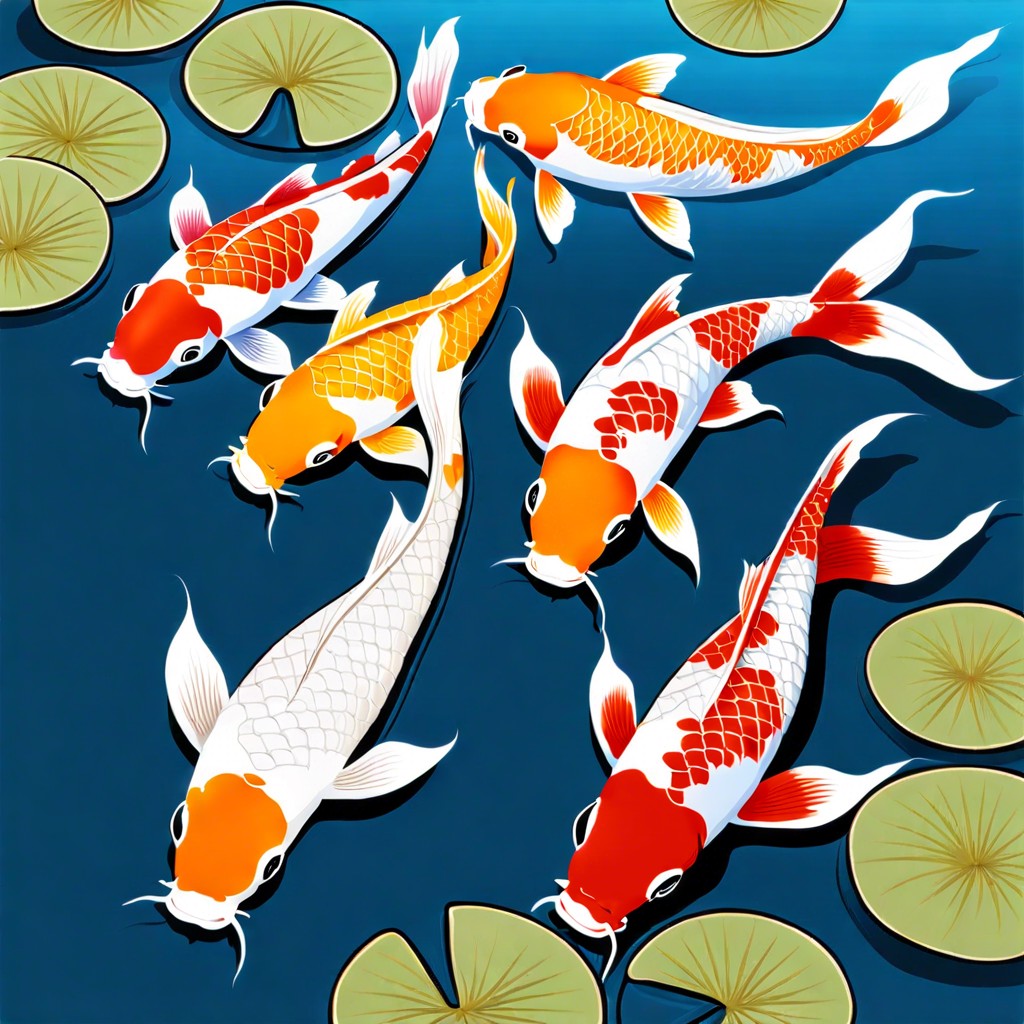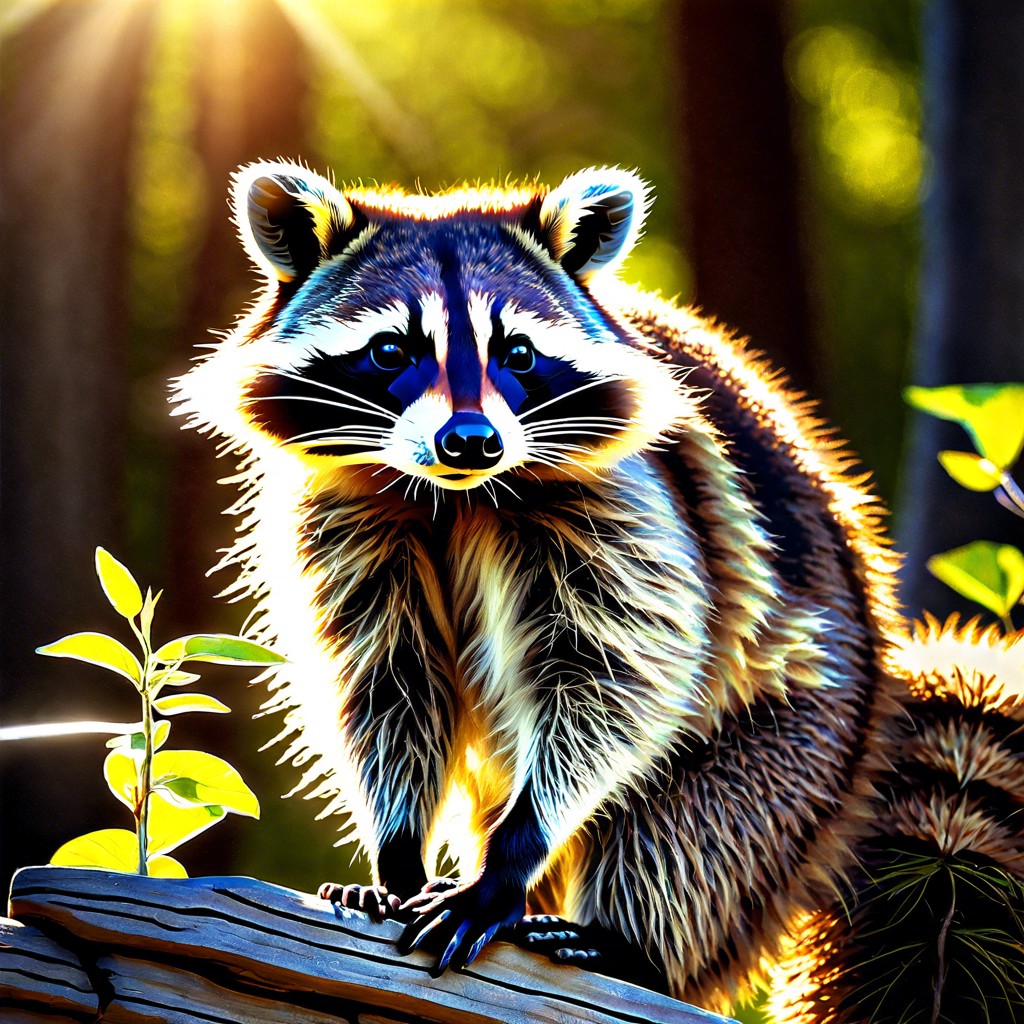This article explains the spiritual symbolism of deer, highlighting themes of gentleness, intuition, and new beginnings.
Deer have captivated human imagination for centuries, weaving through various cultures with rich symbolism and profound meanings. Whether you’re drawn to their gentle nature or intrigued by their roles in myths and legends, exploring deer symbolism offers a journey into themes of purity, peace, wisdom, and transformation. Dive in to uncover how these elegant creatures inspire harmony and spirituality across diverse traditions.
Key takeaways:
- Deer symbolize purity, gentleness, and nature’s nurturing aspects.
- Deer convey peace, harmony, and balance in Native American beliefs.
- Deer in European folklore represent nobility, grace, and purity.
- Stags in Celtic mythology guide towards wisdom and rebirth.
- Deer embody spiritual rebirth, transformation, and mindfulness.
Historical and Cultural Significance

Throughout history, deer have held a prominent place in various cultures. In ancient Greek mythology, the deer was associated with Artemis, the goddess of the hunt. Her connection with the deer symbolized purity, gentleness, and the nurturing aspects of nature.
In Chinese culture, deer are a symbol of longevity and prosperity. They often appear in artwork and folklore, representing a harmonious and balanced life.
In Japanese Shinto belief, deer are considered messengers of the gods. In the city of Nara, deer roam freely as they are protected and revered as sacred animals.
Medieval Europe saw the deer as a symbol of spiritual authority and regeneration. Nobility often incorporated deer imagery into their coats of arms to signify piety and respect for nature.
These varied cultural perceptions underscore the universal reverence for the deer, illustrating its broad symbolic resonance across different civilizations.
Native American Perspectives
In many Native American traditions, the deer is a powerful symbol of gentleness and unconditional love. It’s seen as a messenger, bringing peace and harmony.
Some tribes believe the deer has the ability to move between worlds, acting as a guide for lost souls. This dual role helps maintain balance in life and spirituality.
The deer is also a reminder of the importance of being sensitive to our surroundings. Its keen senses and graceful movements underscore the value of awareness and mindfulness.
In storytelling, the deer often appears as both a nurturing mother and a swift, elusive creature, embodying the balance between nurturing and independence.
These perspectives emphasize the deer’s role in teaching us how to coexist harmoniously within the natural world.
Deer in European Folklore
In European folklore, deer often embody nobility, grace, and purity. Stories abound, weaving these majestic creatures into the very fabric of mythical and spiritual traditions.
Many legends tell of magical deer guiding lost travelers through dense forests. In these tales, the deer serve as beacons of hope and wisdom, their presence a sign of guardian spirits at work.
Hunting a white stag is a common theme, symbolizing a quest for the unattainable or a journey towards enlightenment. Such hunts are seen as tests of virtue and bravery.
Medieval European heraldry frequently features stags. Here, they stand as emblems of peace, harmony, and the natural world, reflecting the ideal of a balanced, noble life.
These narratives highlight the deep respect and reverence held for deer, showcasing their integral role in European cultural heritage.
The Stag in Celtic Mythology
In Celtic mythology, the stag holds powerful symbolism associated with nobility, wisdom, and connection to the otherworld. The deer is often seen as a guide to mystical realms.
One notable figure is Cernunnos, the horned god of the forest, who is frequently depicted with antlers. This imagery represents strength and the ability to navigate both the physical and spiritual worlds.
Stags are also symbols of renewal and rebirth due to their antler shedding and regrowth cycle. This makes them emblems of life’s cyclical nature.
The pursuit of a stag, known as the “Wild Hunt,” signifies a quest for greater spiritual understanding. This chase often leads to self-discovery and transformation.
In essence, the stag serves as a bridge between realms, guiding humans toward deeper wisdom and spiritual awakening, embodying many aspects of Celtic spirituality and life.
Spiritual Transformation and Rebirth
In many spiritual traditions, the deer embodies themes of transformation and rebirth. Here’s a closer look:
A gentle creature, the deer often symbolizes a soft approach to profound change. This mirrors the quiet, effortless way a deer moves through the forest.
Some believe sighting a deer can mark the beginning of an inner journey. It may be a cue to look within and seek personal growth.
The annual shedding and regrowth of a stag’s antlers are powerful symbols. This natural cycle can represent letting go of old habits and embracing new beginnings.
In spiritual circles, the deer’s ability to navigate dense woods hints at finding clarity amid confusion. Like the deer, one might be guided through challenging times toward enlightenment.
Seeing a deer can inspire practicing mindfulness. Being present and attentive, much like the deer in its habitat, can lead to a deeper spiritual awakening.
In essence, the deer encourages us to handle transformation with grace and to view each phase of life as part of an ongoing cycle of growth and renewal.





